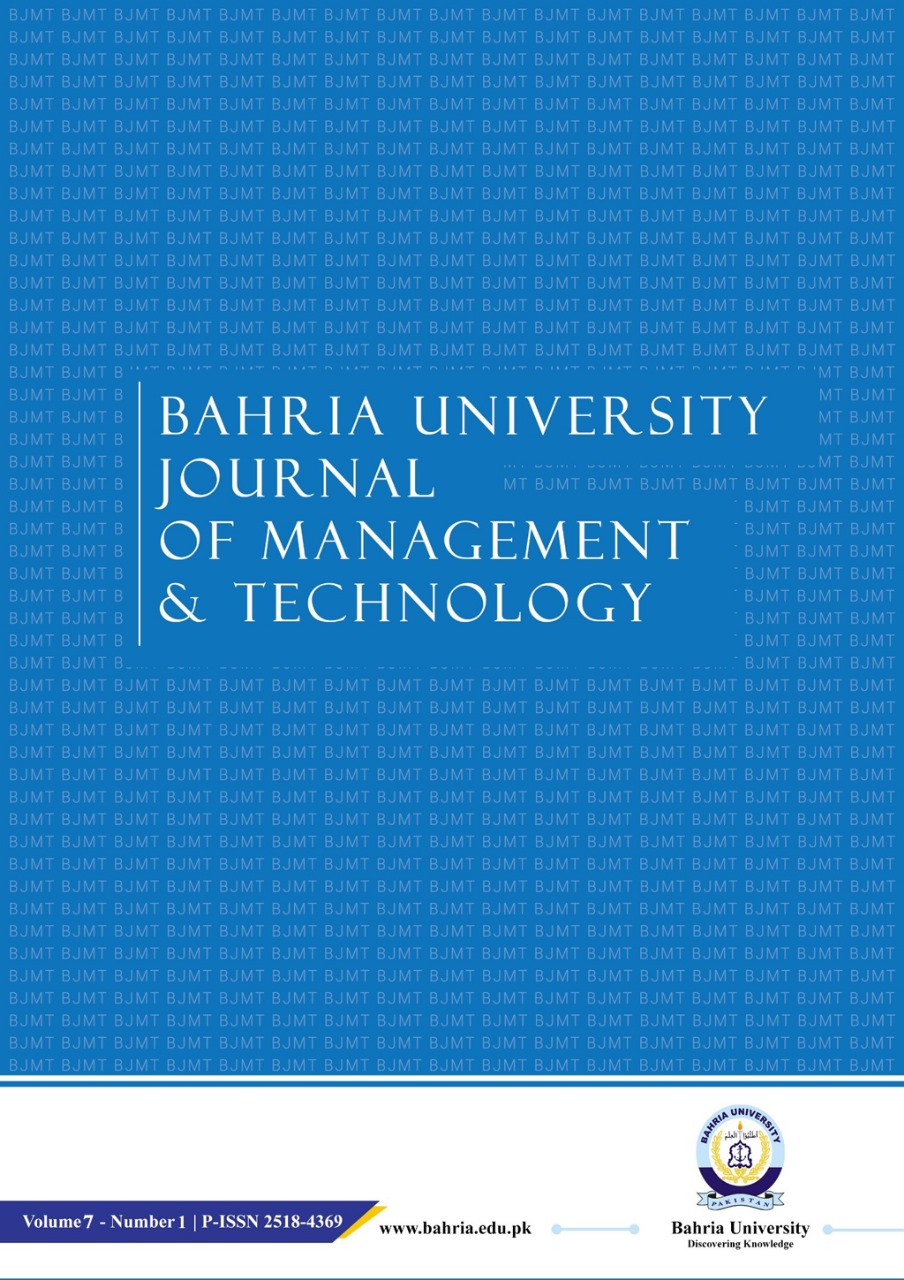Impact of Economic Growth on Carbon Emissions In Pakistan
DOI:
https://doi.org/10.62533/bjmt.v7i1.96Keywords:
Sustainable Growth, Carbon Emissions, Economic Growth, Sustainable Practices, Energy Consumption Per Capita, GDPAbstract
Pakistan is a developing country that seeks economic growth. However, Pakistan needs to analyze the environmental cost associated with economic growth and adapt to sustainable growth accordingly. The data spanning 41 years was extracted from the World Bank and Our World In Data, which was then analyzed. This paper studied the relationship between economic growth and carbon emissions in Pakistan. It analyzed the impact of economic growth on carbon emissions by conducting a time-series data analysis and applying the Engle and Granger cointegration approach to examine the long-run relationship between the independent and dependent variables. Error Correction Model (ECM) was also applied to study the short-run impact of economic growth on carbon emissions. The results of this study reveal that (i) energy consumption per capita has a strong and positive relation with carbon emissions in the short-run and long-run, whereas (ii) GDP has a weak but positive relationship with carbon emissions in the short-run and long-run. The results also show that GDP and energy consumption per capita cause carbon emissions to increase faster in the long-run. The study concluded that long-run adjustment is possible since the ECM model predicts that 37.76% of the long and short-run discrepancy will be corrected within a year. The study recommends that increasing the share of hydel and renewable energy in Pakistan’s energy mix and revamping the existing power distribution system to minimize power losses will mitigate the carbon emissions caused by energy consumption. Moreover, the adoption of sustainable practices by manufacturers, installing catalytic converters in manufacturing plants, and incentivizing the use of renewable energy for manufacturers and households will mitigate the carbon emissions caused by GDP growth.


